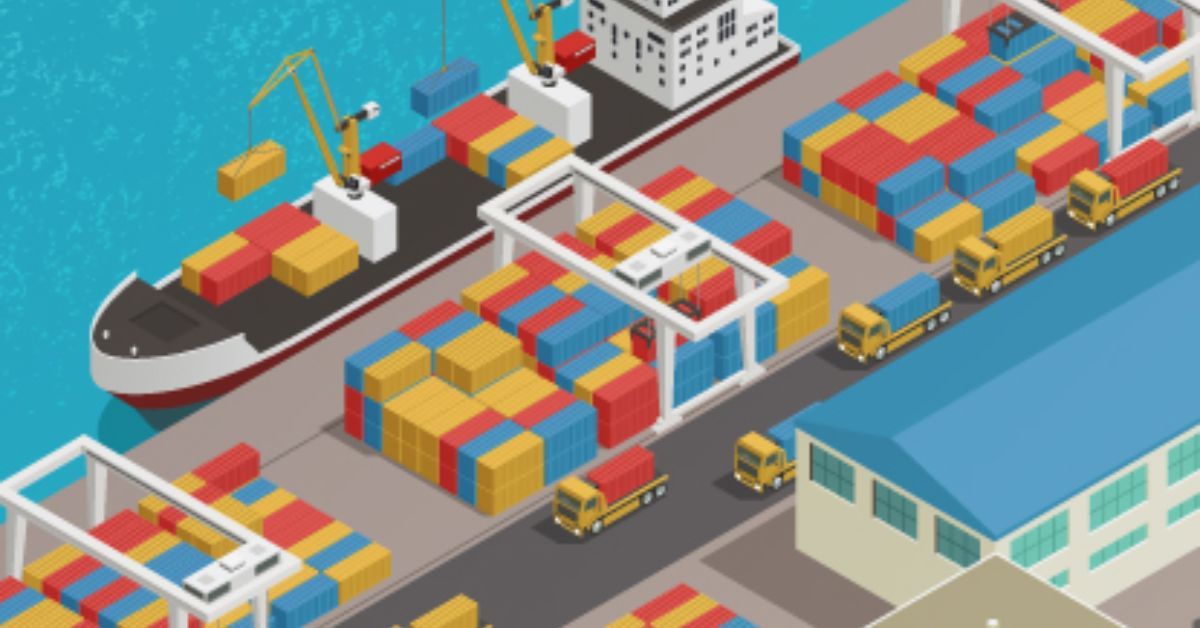“The upcoming ports at Vizhinjam (Kerala) and Vadhavan (Maharashtra) have natural drafts in excess of 18 meters that would enable ultra large cargo vessels to call on the ports thereby boosting the efforts to make India the world’s factory” by improving the container and cargo traffic,” the Ministry of Ports, Shipping & Waterways said.
The past week marked a major milestone in the development of India’s transhipment efforts as cranes ordered for Vizhinjam Port landed amongst a lot of fanfare. Vizhinjam Port is touted to be among the world’s biggest container terminals. It will also bolster Indian aspirations to be an alternative manufacturing hub by reducing logistics costs for cargo coming to and from the country.
The proximity to the international shipping routes that accounts for 30% of global cargo traffic and a natural channel that goes up to 24 meters below the sea makes Vizhinjam an ideal hub for some of the world’s biggest ships to call in.
“The Indian ocean is 50% of sea trade,” said Chakri Lokapriya, chief investment officer at TCG Asset Management Co. in Mumbai. “The Vizhinjam port with its natural advantages will improve operating margins for Adani Ports.” As large ships become increasingly more vital to Europe and China trade, India can embed itself in that route, given its strategic location between the Suez Canal and the Strait of Malacca. India’s current container traffic is less than 10% of China’s but if the Vizhinjam port is able to beckon more ships, it’ll give India — and Adani Ports — a stronger footing in global maritime trade.







